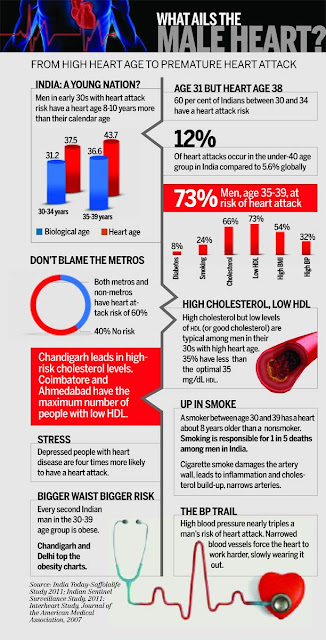Ejection Fraction ( EF )

Understanding Ejection Fraction
Ejection Fraction (EF) is a measurement used by physicians to determine how well your heart is functioning. An EF is a percentage of blood that is pumped out of the heart during each beat.
"Ejection" refers to the amount of blood that is pumped out of the heart's main pumping chamber, the left ventricle, during each heartbeat.
"Fraction" refers to the fact that, even in a healthy heart, some blood always remains within this chamber after each heartbeat.
An EF is a percentage of blood that is pumped out of the heart during each beat. Ejection fraction is a key indicator of heart health.
Physicians assess the extent of heart muscle damage by measuring the left ventricular ejection fraction.
Common tests to determine EF include an echocardiogram and nuclear stress test. Cardiac MRI is a new method that is being used more frequently to measure EF as well.
What is a Healthy Ejection Fraction?
In a healthy heart, each beat should pump out at least 50 percent of the blood in the left ventricle.
Therefore, your EF should be between 50 to 75 percent to indicate the heart is pumping well and able to deliver an adequate supply of blood to the body and brain.
"When the ejection fraction gets down to less than 30 to 35 percent, the risk of cardiac arrest increases substantially," says Mitchell Faddis, MD, PhD, chief of electrophysiology at Barnes-Jewish & Washington University.
"When the ejection fraction gets down to less than 30 to 35 percent, the risk of cardiac arrest increases substantially," says Mitchell Faddis, MD, PhD, chief of electrophysiology at Barnes-Jewish & Washington University.
Keep in mind that a healthy heart does not pump 100 percent of the blood out during each beat. Some blood always remains in the heart.
A healthy heart has an EF between 50 to 75 percent.
This indicates that the heart is pumping well and able to deliver an adequate supply of blood to the body and brain.
If your EF falls below 50%, this means your heart is no longer pumping efficiently to meet the body's needs and indicates a weakened heart muscle.
Poor pumping and a low EF can occur if the heart muscle has been damaged due to a heart attack, a diseased heart valve or Heart Failure.
Left ventricular ejection fraction (LVEF) is the measurement of how much blood is being pumped out of the left ventricle of the heart (the main pumping chamber) with each contraction.
Right ventricular ejection fraction (RVEF) is the measurement of how much blood is being pumped out of the right side of the heart to the lungs for oxygen.
In most cases, the term “ejection fraction” refers to left ventricular ejection fraction.
EJECTION FRACTION HEART'S PUMPING ABILITY
Left ventricular ejection fraction (LVEF) is the measurement of how much blood is being pumped out of the left ventricle of the heart (the main pumping chamber) with each contraction.
Right ventricular ejection fraction (RVEF) is the measurement of how much blood is being pumped out of the right side of the heart to the lungs for oxygen.
In most cases, the term “ejection fraction” refers to left ventricular ejection fraction.
EJECTION FRACTION HEART'S PUMPING ABILITY
Normal 50-75 %
Below Normal 36-49 %
Low 35% and below
Signs and Symptoms of Low Ejection Fraction
A low EF can lead to symptoms of:
Signs and Symptoms of Low Ejection Fraction
A low EF can lead to symptoms of:
1. Shortness of breath or inability to exercise
2. Swelling of the feet and lower legs
3. Fatigue and weakness
4. Rapid, forceful, uncomfortable or obviously irregular heart beat
5. Abdominal discomfort such as swelling, pain or nausea
6. Mental confusion
However, some patients have a very low EF (less or equal to 30) and yet have minimal or even no symptoms.
Other signs of heart failure may also accompany a low EF. These include:
1. An abnormal heart murmur (due to a heart valve disorder)
2. A crackling sound of fluid in the lungs due to pulmonary congestion
3. A rapid heartbeat or other abnormal heart rhythms
4. Hypertrophy or enlargement of the heart
5. Liver or kidney malfunction
6. Congestion of the lungs
7. Swollen neck
8. Fluid retention with accompanying weight gain and ankle swelling
Tests for measuring EF:
1. Echocardiogram (Echo)
2. MUGA scan
3. CAT scan
4. Cardiac catheterization
5. Nuclear stress test
Source : http://www.barnesjewish.org, and others



Comments
Post a Comment